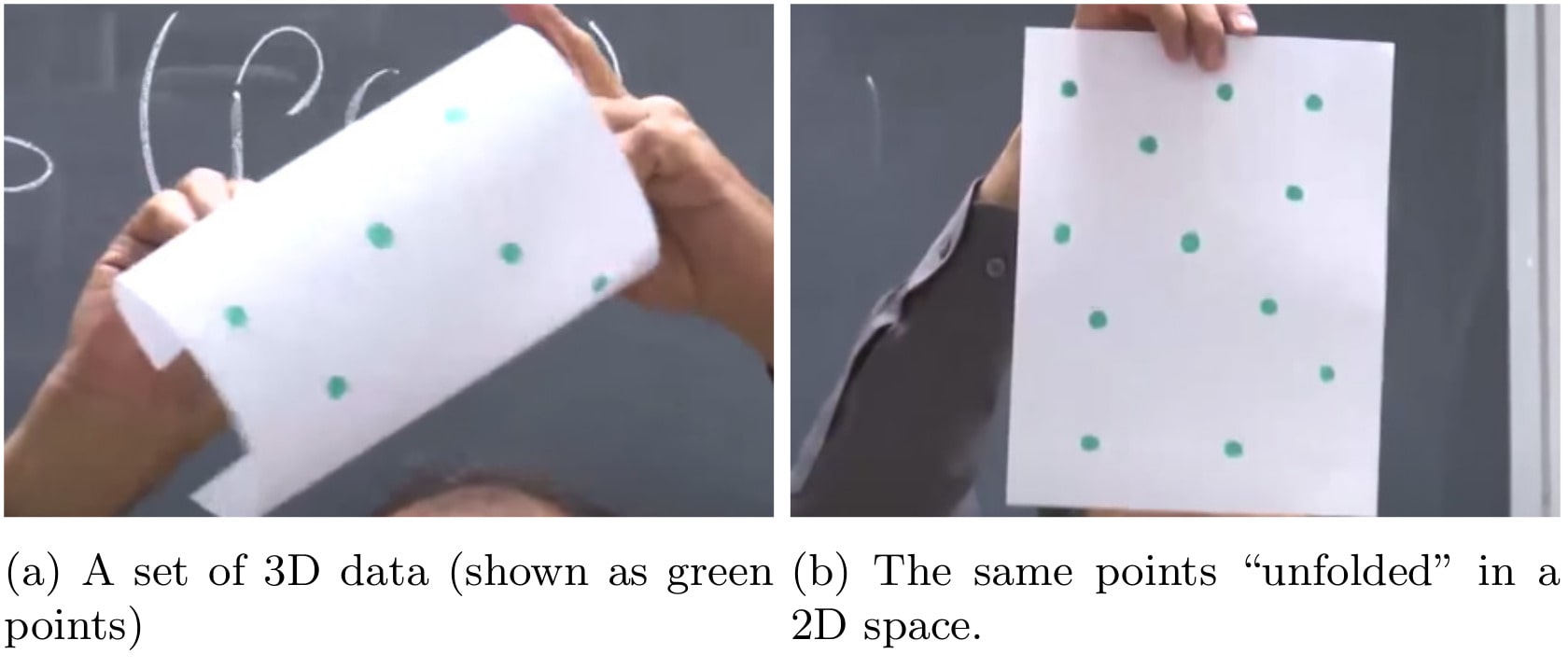3D angular velocity and Rodrigues' formula
One type of motion that people often encounter in robotics is the rotation of a rigid body about a fixed axis. Consider a 3D object rotating about an axis $u$ (represented by a unit vector in $R^3$) at a rate of $\theta$ radians per second (rad/s, in $R$) for $t$ seconds. Let $p$ be a point attached to the object and $\dot{p}$ the tangent velocity at point $p$.
An illustration is shown in the cover figure, in which we use $\omega=\theta u$ instead to represent the axis and angle in a unified vectorial form. In the literature, $\omega$ is often named angular velocity.




